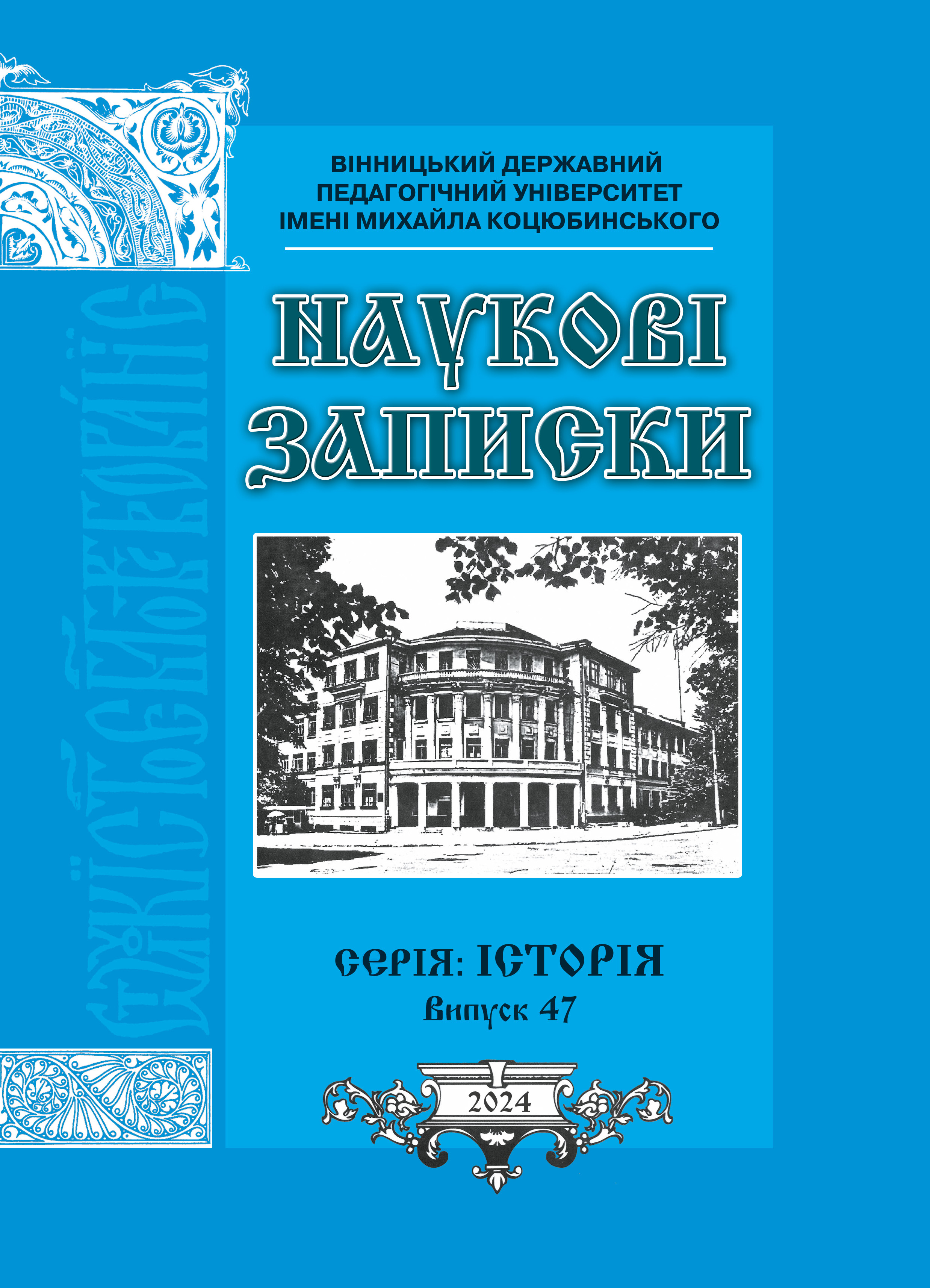Abstract
Based on the principles of historical and systemic approaches and methods of hermeneutical and philosophical anthropological analysis, the author of the article aims to identify the peculiarities of the content of the world model and the model of a human in Ukrainian music of the last third of the twentieth and twenty-first centuries in comparison with Western European music and to characterize the composer's vision of the world order in the time of open Russian aggression in Ukraine. The research methodology is based on systemic and historical approaches that allow us to consider a single musical text as a subsystem of a higher-order system, taking into account its socio-cultural context. The scientific novelty of the study is to identify the specifics of the artistic outlook of Ukrainian artists of the last third of the twentieth and twenty-first centuries, which is the result of studying their work in the anthropological dimension. Conclusions. The anthropological essence of the music of contemporary Ukrainian composers lies in a certain non-contradictory polarity, when an ironic and fragmentary worldview is organically combined with religious search; awareness of chaos and apocalyptic culture – with an attempt to find support in religion in its various variants. That is why the hero in contemporary music has a dual essence: he is both a marginalized person and at the same time a person with a strong spiritual foundation. This polarity is caused by the crisis mentality of the modern post-totalitarian society. The specificity of the content of Ukrainian wartime music is that in the first year of the war, composers sought to directly embody the reaction to the atrocities they saw, which manifested itself in the increased expressiveness of the expression, and in 2023 we can already observe attempts to philosophically comprehend the topic of the confrontation between good and evil, the formation of a systemic view of the world in times of war, in which there is a place for different feelings and different areas of private life.
References
Adamenko, Victoria (2007). Neo-Mythologism in Music: From Scriabin and Schoenberg to Schnittke and Crumb. Edition: NED - New edition Published by: Boydell & Brewer, Pendragon Press.
Cizmic, Maria (2011). Performing Pain: Music and Trauma in Eastern Europe. Oxford University Press. 299 р.
Schmelz, Peter J. (2009) Such Freedom, if Only Musical: Unofficial Soviet Music during the Thaw. New York: Oxford University Press. 392 p.
Vereshchahina-Biliavska, O. Y., Cherkashyna, O. V., Moskvichova, Y. O., Yakymchuk, O. M., & Lys, O. V. (2021). Anthropological view on the history of musical art. Linguistics and Culture Review. 5(S2). Р. 108-120. https://doi.org/10.21744/lingcure.v5nS2.1334
Vereshchahina-Biliavska, O., Mozgalova, N., Baranovska, I., Moskvichova, Y., Cherkashina, O. (2021). Anthropological dimensions of the modern musical art of Eastern Europe. Society. Integration. Education. Proceedings of the International Scientific Conference. Volume IV. Р. 716-727. http://doi.org/10.17770/sie2021vol4.6331
Герасимова-Персидська, Н. (1997). Музика тиші. Art Line. № 9
Довгань, М. (2023) Амбівалентність почуттів у «Concerto grosso з позитивом» Євгена Петриченка. The Сlaquers. 17.10.2023. https://theclaquers.com/posts/12046
Кияновська, Л. (2019). Музична антропологія та її перспективи в сучасній гуманістичні науці. Музичне мистецтво і культура: Вісник Державної академіії керівних кадрів культури і мистецтв. С. 125–132. https://doi.org/10.32461/2226-3209.1.2019.166950
Козаренко, О. (2002). Сакральна творчість українських композиторів ХХ століття в контексті національних музично-семіотичних процесів. Калофонія: Науковий збірник з історії церковної монодії та гимнографії. Ч. 1. C. 150–160.
Найдюк, О. (2022). «Попіл Бучі стукає у моє серце». День. 2022. 15.09.2022. https://kyivdaily.com.ua/bucha-lacrimosa/
Наумова, О. (2022). Де завершується тиша: про «невимовне» в музиці Вікторії Польової «Bucha. Lacrimosa». Україна. Європа. Світ. Історія та імена в культурно-мистецьких рефлексіях: Часопис Національної музичної академії ім. П. І. Чайковського. С. 254-257. https://doi.org/10.31318/2786-8877.6.2023.291417
Потебня, О. (1992). Мова. Національність. Денаціоналізація. Нью-Йорк. 155 с.
Фізер, К. С. (2019). Заголовок музичного твору та його функціонування в новітній музиці (на прикладі творчості українських композиторів): дис…. канд. мистецтвознавства. 17.00.03 Музичне мистецтво. Національна музична академія України імені П.І. Чайковського. 209 с.
Чекан, Ю. (2009). Інтонаційний образ світу: Монографія. К.: Логос. 227 с.

This work is licensed under a Creative Commons Attribution 4.0 International License.
Copyright (c) 2024 Olena Vereshchahina-Bilavska





